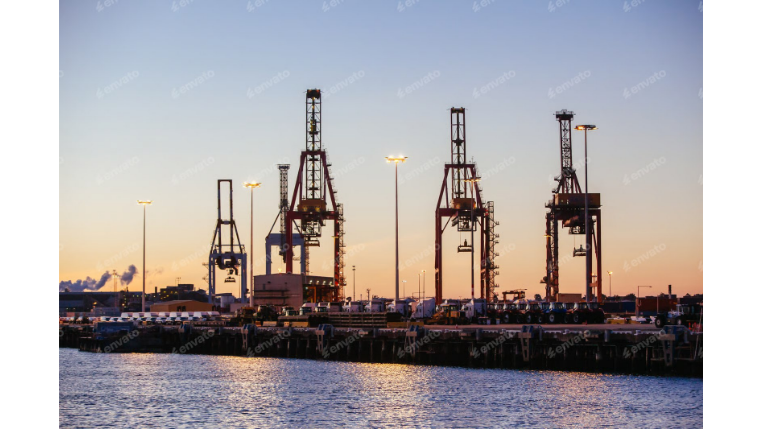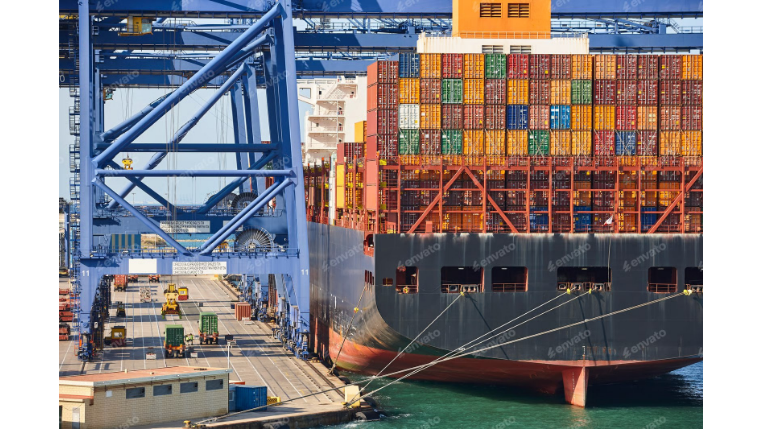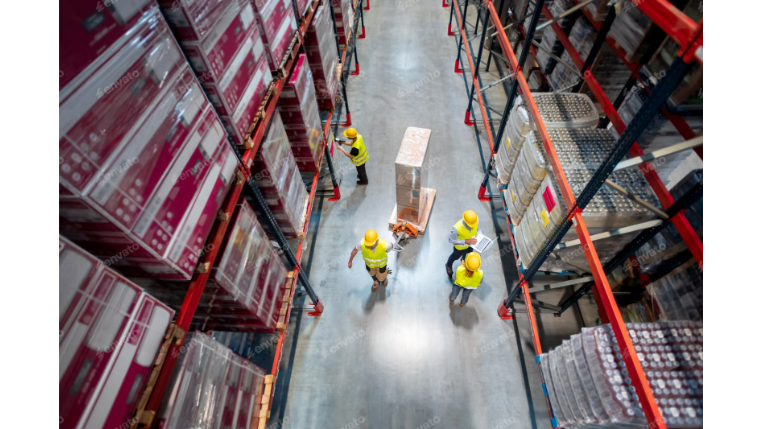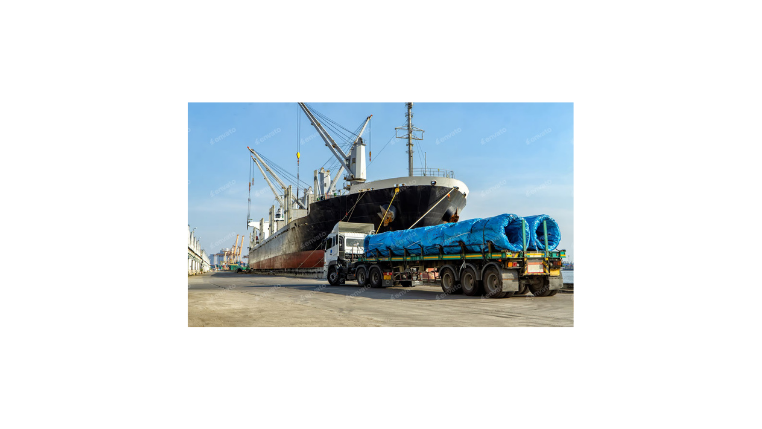The Evolution of Real-Time Tracking in Logistics
The logistics industry has witnessed significant advancements over the past few decades, with real-time tracking emerging as a pivotal innovation. Initially, companies relied heavily on manual tracking methods, which were not only time-consuming but also prone to errors. The introduction of GPS technology marked a turning point, enabling more accurate and efficient tracking of goods.
As we approach 2025, the evolution continues with the integration of IoT (Internet of Things) devices, AI-driven analytics, and blockchain technology. These innovations are set to transform real-time tracking from a mere convenience to a critical component of logistics operations.
Key Technologies Driving the Real-Time Revolution
Several cutting-edge technologies are propelling the advancements in real-time tracking.
IoT Devices: Smart Sensors and RFID
IoT devices, such as smart sensors and RFID tags, provide granular visibility into the location and condition of goods throughout the supply chain. These devices transmit data in real-time, allowing logistics companies to monitor shipments with unprecedented accuracy.
AI and Machine Learning Analytics
AI and machine learning algorithms play a crucial role in analyzing the vast amounts of data generated by these devices. By identifying patterns and predicting potential disruptions, AI enhances decision-making and operational efficiency.
Blockchain Technology
Additionally, blockchain technology ensures the security and transparency of tracking data, fostering trust among all stakeholders in the supply chain.
Core Benefits of Real-Time Tracking for Logistics Companies
Real-time tracking offers a plethora of benefits that provide a significant competitive advantage.
Enhanced Operational Efficiency
Enhanced visibility into the supply chain allows for better planning and coordination, reducing delays and improving overall efficiency. With real-time data, companies can quickly identify and address issues such as:
- Route deviations
- Unauthorized stops
- Environmental conditions (e.g., temperature changes) that may affect the goods.
Superior Customer Satisfaction
Moreover, real-time tracking enhances customer satisfaction by providing accurate and timely updates on shipment status. Customers can track their orders in real-time, which leads to greater transparency and trust. This level of service differentiation can significantly boost a company's competitive edge in the market.
Implementation: Challenges and Solutions
Despite its numerous advantages, implementing real-time tracking in logistics is not without challenges. High initial costs for technology deployment, data integration complexities, and concerns about data privacy are some of the primary obstacles companies face.
To overcome these challenges, logistics companies can:
- Adopt a phased implementation approach, starting with high-impact areas to demonstrate ROI and gain stakeholder buy-in.
- Leverage cloud-based solutions to mitigate integration issues.
- Implement robust cybersecurity measures and comply with data protection regulations to address privacy concerns.
The Future of Tracking: What to Expect by 2025
By 2025, we can expect real-time tracking to become even more sophisticated and integral to logistics operations.
- The Power of 5G: The proliferation of 5G networks will enhance connectivity, enabling faster data transmission and more reliable communication between devices.
- Proactive Analytics: Advancements in AI and machine learning will enable predictive analytics to anticipate and mitigate potential disruptions proactively.
- Revolution in Last-Mile Delivery: Autonomous vehicles and drones, equipped with real-time tracking capabilities, will further revolutionize last-mile delivery, reducing costs and improving efficiency.
Modaltrans, Your Logistics Software Partner
Modaltrans offers state-of-the-art logistics software designed to harness the power of real-time tracking. Our all-in-one platform provides comprehensive visibility into your supply chain, ensuring that you can monitor shipments in real-time with ease.
With features like advanced route optimization, workflow automation, and seamless data integration, Modaltrans is committed to enhancing your logistics operations. Our user-friendly interface ensures that you remain in control, making informed decisions to drive efficiency and customer satisfaction.









